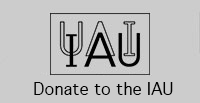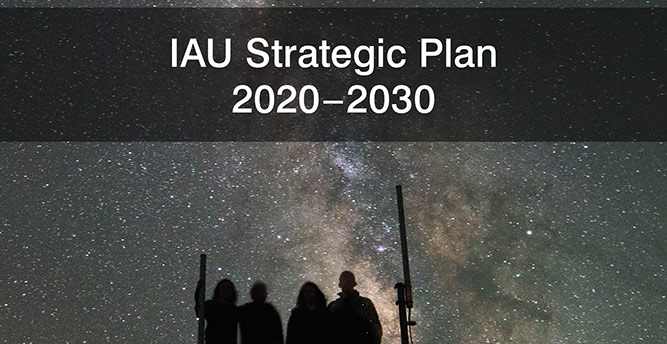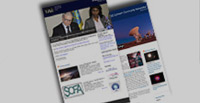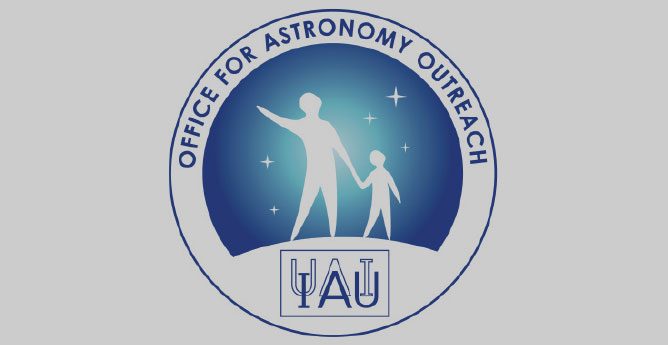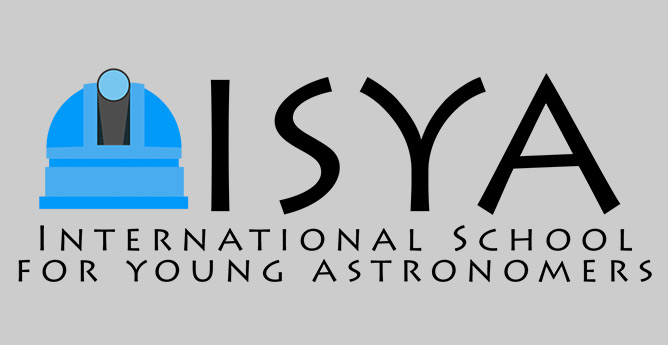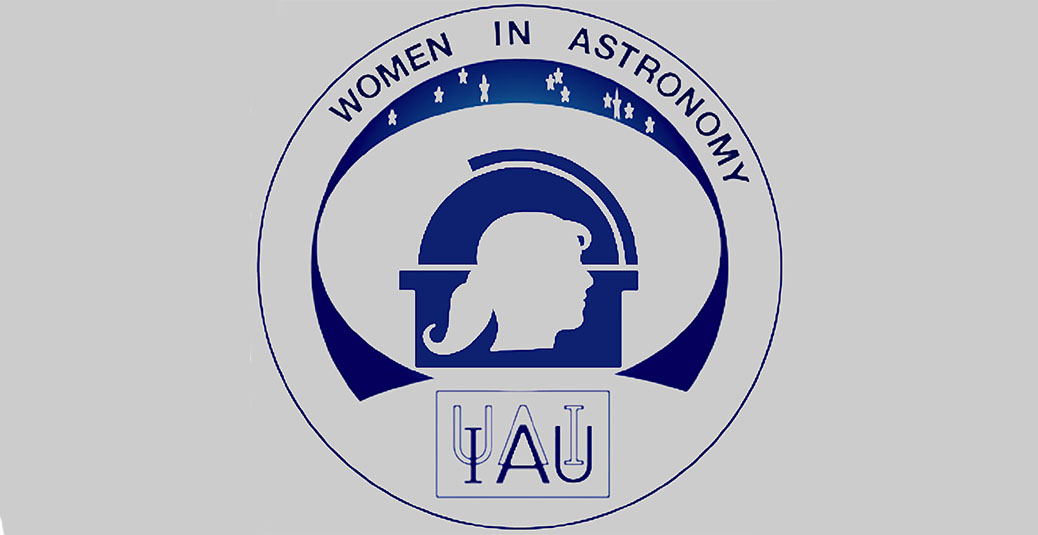- News
- Science
- Scientific Bodies
- Divisions
- Commissions
- Commission A1 Structure
- Commission A2 Structure
- Commission A3 Structure
- Commission A4 Structure
- Commission B1 Structure
- Commission B2 Structure
- Commission B3 Structure
- Commission B4 Structure
- Commission B5 Structure
- Commission B6 Structure
- Commission B7 Structure
- Commission C1 Structure
- Commission C2 Structure
- Commission C3 Structure
- Commission C4 Structure
- Commission C5 Structure
- Commission D1 Structure
- Commission E1 Structure
- Commission E2 Structure
- Commission E3 Structure
- Commission E4 Structure
- Commission F1 Structure
- Commission F2 Structure
- Commission F3 Structure
- Commission F4 Structure
- Commission G1 Structure
- Commission G2 Structure
- Commission G3 Structure
- Commission G4 Structure
- Commission G5 Structure
- Commission H1 Structure
- Commission H2 Structure
- Commission H3 Structure
- Commission H4 Structure
- Commission J1 Structure
- Commission J2 Structure
- Commission J3 Structure
- Commission X1 Structure
- Commission X2 Structure
- Past Commission Organising Committees
- Working Groups
- Centres
- Scientific Meetings
- Rules & Guidelines
- General Assemblies
- Meeting Proposals
- Future IAU Meetings
- General Assemblies
- EC Meetings
- Officers' Meetings
- Regional Meetings
- Symposia
- Focus Meetings
- Institutional Meetings
- IAU Offices Meetings
- IAU-Sponsored Meetings
- Letters of Intent submitted for 2024
- Letters of Intent submitted for 2023
- Letters of Intent submitted for 2022
- Letters of Intent submitted for 2021
- Letters of Intent submitted for 2020
- Past IAU Meetings
- Templates
- Other Meetings
- Grants & Prizes
- Scientific Bodies
- Publications
- IAU Publications
- IAU Strategic Plan
- Symposia
- WGSBN Bulletins
- Regional Meetings
- Information Bulletins/Catalyst
- E-Newsletters
- Focus Meetings
- Transactions A
- Transactions B
- Related Publications
- GA Newspapers
- CAPjournal
- IAU Books
- Brochures
- IAU Offices
- WG Reports
- Commission Reports
- Division Reports
- Past IAU Publications
- Rules, Guidelines and Instructions for Proceedings
- Publishers
- IAU Publications
- Administration
- About the IAU
- Statutes & Rules
- IAU Policies
- IAU Executive Bodies
- IAU Secretariat
- Resolutions
- Members Administration
- Administrative Dates & Deadlines
- International Organisations Relations
- Donate to the IAU
- Training in Astronomy
- Astronomy for Education
- Astronomy for Development
- Astronomy for the Public
- Office for Astronomy Outreach
- FAQ
- Themes
- Satellite Constellations
- Astronomy in Everyday Life
- How to Report a Discovery
- Careers in Astronomy
- Defining our Place in the Cosmos
- The Constellations
- Light Pollution
- Measuring the Universe
- Near Earth Objects
- How to Participate in Astronomy Research
- Naming of Astronomical Objects
- Naming of Exoplanets
- Buying Star Names
- Naming Stars
- Pluto and the Solar System
- IAU Member Statistics
- Our Moon: the Moon
- Meteors & Meteorites: The IAU Definitions of Meteor Terms
- UNESCO-IAU Portal to the Heritage of Astronomy
- Social Media
- Past Events
- Call for Online Resources
- Astronomy@Home Awards
- Contact
IAU Symposia
IAUS 315: From interstellar clouds to star-forming galaxies: universal processes?
Start date/time
August 3, 2015
End date/time
August 7, 2015
Place
Honolulu,
United States
Contact
Pascale Jablonka
pascale.jablonka@epfl.ch
Event website
Coordinating Division
Division J Galaxies and Cosmology
Co-Chairs of SOC:
Pascale Jablonka (EPFL; Observatoire de Paris)
Floris Van der Tak (SRON & Uni Groningen)
Philippe André (CEA - AIM Paris-Saclay)
Topics
- The gas in galaxies
- Formation of structure in the interstellar medium
- Star formation on GMC scales
- Star formation at galactic scales
- Evolution of star formation with time and environment
Rationale
Scientific Rationale :
-----------------
The availability of wide-field far-infrared and submillimeter surveys with, e.g., the Spitzer, Herschel, Planck, Wise, and Akari space observatories, coupled with the much improved capabilities of ground-based millimeter and submillimeter interferometers, have recently led to spectacular and decisive steps forward in our understanding of star formation modes from solar system scales (tens of AUs) to global (kpc) scales in galaxies. In particular, it appears that star formation in dense molecular gas is governed by essentially the same “laws” in nearby Galactic clouds and distant external galaxies. This raises the possibility of a unified picture of star formation in the Universe from small scales (clouds, filaments, protostellar cores and disks) to galaxy-wide scales.
The goal of the proposed Symposium is to debate this possibility and to start building a coherent picture of how star formation is fuelled on a wide range of scales in galaxies and the Universe. The conference would bring together researchers working on star formation throughout the Universe from nearby clouds to local galaxies to the first star-forming galaxies at high redshift, both observers and theorists, who would debate the fundamental question whether the dominant mode of star formation is universal.
With the advent of powerful observational facilities such as ALMA and high-resolution, multi-scale numerical simulations, we believe the time is ripe for such a meeting bridging the gap between Galactic and extragalactic star formation. In 2015, ALMA will have entered full operations and the legacy of Herschel observations will have become fully clear. A wealth of exciting new results can undoubtedly be presented and discussed.
Key topics:
----------
1. The gas in galaxies
1a - Atomic and molecular phases
of the ISM
1b - Excitation of molecular gas in galaxies
1c - Molecules in galaxies as tracers of ISM properties and star formation rates
2. Formation of structure in the interstellar medium
2a - Structure and evolution of interstellar clouds
2b - Formation and evolution of dense cores
2c - Formation and evolution of protostellar disks
3. Star formation on GMC scales
3a - Formation and early evolution of stellar clusters
3b - Comparison of low-mass and high-mass star formation
3c - Origin and universality of the IMF
4. Star formation at galactic scales
4a - Nearby universe (dwarfs and massive systems, ellipticals, spirals)
4b- Co-evolution of AGNs
4c- Star formation laws, rates, and thresholds in galaxies
5. Evolution of star formation with time and environment
5a - Main-sequence disks versus starburst galaxies
5b – Comparison of low and high redshift star formation
5c – Galaxies in groups and clusters: cold versus hot accretion
Concluding debate: How universal are star formation processes?
